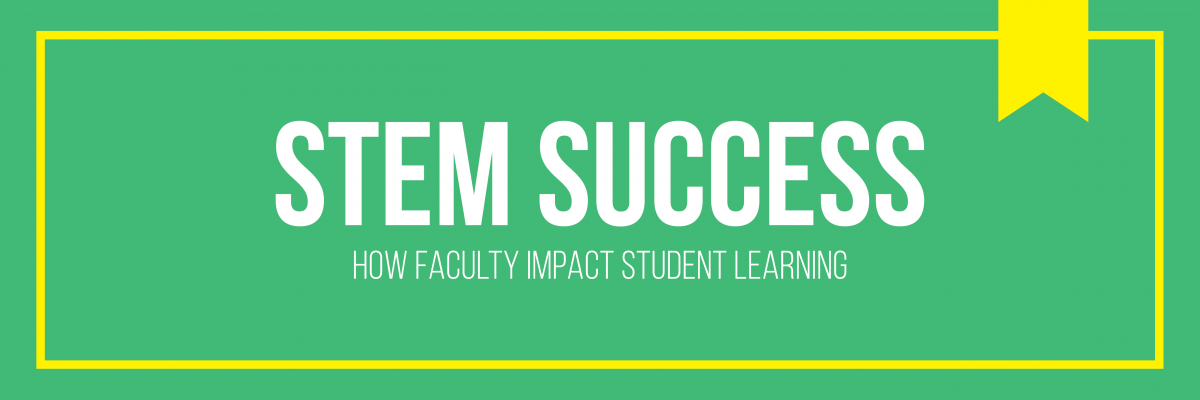After mapping your objectives to Blooms taxonomy, did anything surprise you?
I would say I was more surprised when mapping the objectives to the Study-Cycle. At first glance, I was skeptical of whether some of the steps were realistic, specifically the notions of preview and review. But once the digested the idea, I started come up with strategies to help them achieve these – for example giving the students a list of vocabulary words to review (not memorize) so that in the next lecture they have already been introduced to the terminology and can remain focused on the concepts.
How could the use of Bloom’s model with your students promote independent learning?
The key components of bloom’s taxonomy in helping students become independent learners are in the analysis and synthesis (evaluation) stages of the process. Once the students develop the skills to identify a set of rules and/or framework for solving a problem they are able to extract concepts and extrapolate based on those.
McGuire presents the Study Cycle, what is your reaction to it? Why?
At first, I was surprised at the recommendation to wait until after the first exam to introduce the study cycle to the student body. McGuire later explains that by giving the student something tangible that they can compare to gives them the ability to see the performance improvement first hand, making their application of the strategies more impactful.
How are we going to meet our goal of increasing retention 5-10% starting in the fall?
By not only using Blooms Taxonomy to scaffold my own teaching, but also sharing it with the students as a strategy they can apply. Specially, with first year students, it is of the essence to help them establish a study cycle that is efficient and focuses on processes and understanding concepts rather than being outcome centric.



